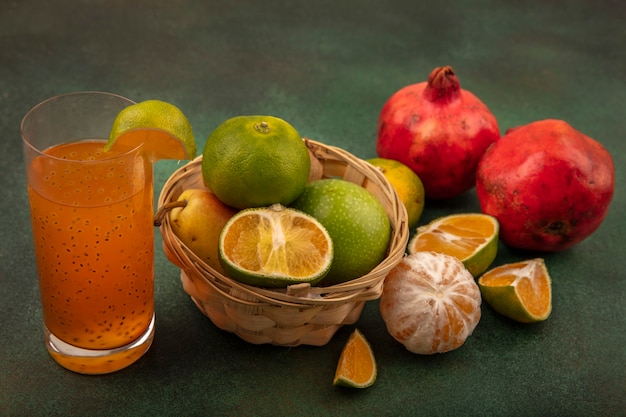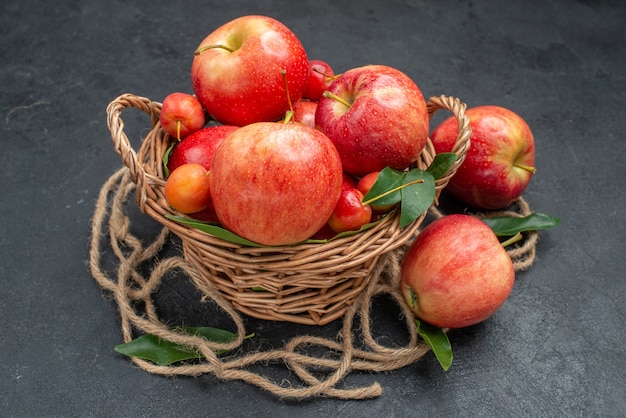Flavonoids, a type of antioxidant, are found in various fruits and dark chocolate. These compounds are celebrated for their health benefits, including reducing the risks of heart disease, stroke, type 2 diabetes, and some cancers, as well as helping with high blood pressure.
Flavonoids are plant and fungus metabolites present in fruits like strawberries, apples, pears, blackberries, and blueberries. Dark chocolate also offers a rich source of flavonoids. Anthocyanins, a specific type of flavonoid responsible for red or blue hues in many fruits, have notable health benefits.
Flavonols are found in foods like onions, leeks, and broccoli. These antioxidants combat oxidative stress, which can lead to chronic diseases such as cancer. Regular consumption of these vegetables can support overall health and reduce disease risk.
Flavan-3-ols are abundant in tea, cocoa, and berries. They contribute to heart health and possibly lower the risk of certain cancers by neutralizing harmful free radicals, thus promoting cell health and longevity.
Flavones, present in parsley and celery, are known for their anti-inflammatory and antioxidant properties. They help regulate cellular activity and may reduce the risk of chronic diseases, including some cancers.
Isoflavones are mostly found in soybeans and soy products. Their estrogen-like properties allow them to interact with hormone receptors in the body, which can be significant in preventing hormone-related cancers such as breast cancer.
Anthocyanins give berries, grapes, and red wine their vibrant colors. They provide antioxidant benefits that protect cells from damage and reduce cancer risk. Including anthocyanin-rich fruits and red wine in your diet can be beneficial.
Found prominently in citrus fruits, flavanones offer anti-inflammatory and antioxidant effects. Regular consumption of citrus fruits can aid in preventing chronic diseases, including cancer.
Research suggests that flavonoids might help prevent cancer due to their antioxidant and anti-inflammatory properties, as well as their ability to regulate cellular activity.
Flavonoids neutralize free radicals, unstable molecules that can damage cells and lead to cancer. This antioxidant action helps maintain cellular health and prevents cancerous changes.
Chronic inflammation can set the stage for various cancers. Flavonoids mitigate this risk by modulating the body’s inflammatory response, thus lowering overall cancer risk.
Isoflavones from soy products can bind to estrogen receptors and influence estrogen metabolism, which is crucial for hormone-dependent cancers like breast cancer.
Flavonoids can inhibit cancer cell growth and promote apoptosis, helping prevent the uncontrolled proliferation characteristic of cancer.
Some flavonoids interfere with molecular pathways involved in cancer cell migration and invasion, which is essential in preventing the spread of cancer.
Flavonoids fight hypertension and support cardiovascular health through three main mechanisms:
1. They help widen blood vessels by increasing nitric oxide production, reducing blood pressure.
2. Flavonoids improve endothelial function, essential for maintaining normal blood pressure.
3. By reducing vascular inflammation, flavonoids help prevent the stiffening of blood vessels, which can lead to high blood pressure.
Several studies have linked flavonoid-rich diets with lower blood pressure levels.
Research indicates that people who consume more flavonoids have a greater variety of gut bacteria, which is beneficial for overall health. The beneficial properties of berries remain intact even when frozen, making them accessible year-round.
In conclusion, while flavonoid research is still developing, their health benefits are already evident. As our understanding improves, we may be able to use these compounds more effectively in dietary strategies and supplements to enhance public health.







